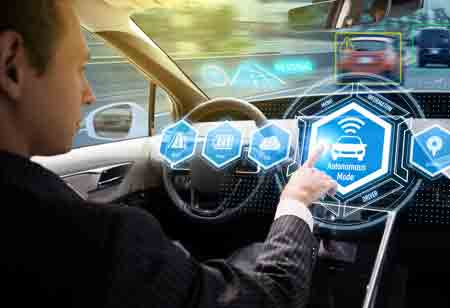The automotive industry is changing everyday with new technologies, increased digitization, and changing customer expectations, so it is necessary to embrace the new trends to survive in the market.
FREMONT, CA: It is evident that the automotive market is shifting into high gear, and it is predicted that by 2025 the demand of global automotive aftermarket will exceed to 1 billion units. The sector holds both opportunities and challenges for auto parts retailers to consider with auto parts retailers, increased digitization, and changing customer expectations.
Here are the trends which can drive the industry to success:
• Advanced Features Need Advanced Support
Technological advances are necessary to change the framework of the automotive industry. The number of aging cars is increasing on the road, so they require better fuel economy and safety; the field is ripe for retailers to introduce new parts and accessories to their product catalogs.
The arrival of web-connected cars, electric vehicles, and self-driving cars could boost service costs and make the services proprietary to original manufacturers. This could provide opportunities for retailers to offer future-forward services like remote diagnostics and virtual repair. With nearly half of all drivers wanting service to be integrated seamlessly into their lives, it would be wise to make these capabilities their top priority.
• Shoppers Expect Speed, Price, and Service
Two out of every three automotive purchase decisions are affected by price and availability. Retailers need to leverage an efficient supply chain to thrive in the future of automotive retail. The growth of IoT supply chain technology will allow brands to offer timely experiences like automatic maintenance and repair, part-ordering, and many more.
• Prepare for the Future of Automotive Retail
The future of the auto parts industry will place buyers in the driver’s seat. As more competitors fill the market, it will be crucial for your business to create value at every stage of the customer journey. In order to link consumer intent with purchasing action, an improved supply chain, compelling user experiences, new technology, and a smooth online to offline transition is needed. Retailers can easily shape the automotive landscape to their advantage by putting customer engagement and digital technology at the center.
see also: Top Automotive Technology Companies

 Copyright © 2025 AutoTech Outlook. All Rights Reserved | Privacy Policy | Subscribe | Sitemap | About us | Feedback Policy | Editorial Policy
Copyright © 2025 AutoTech Outlook. All Rights Reserved | Privacy Policy | Subscribe | Sitemap | About us | Feedback Policy | Editorial Policy